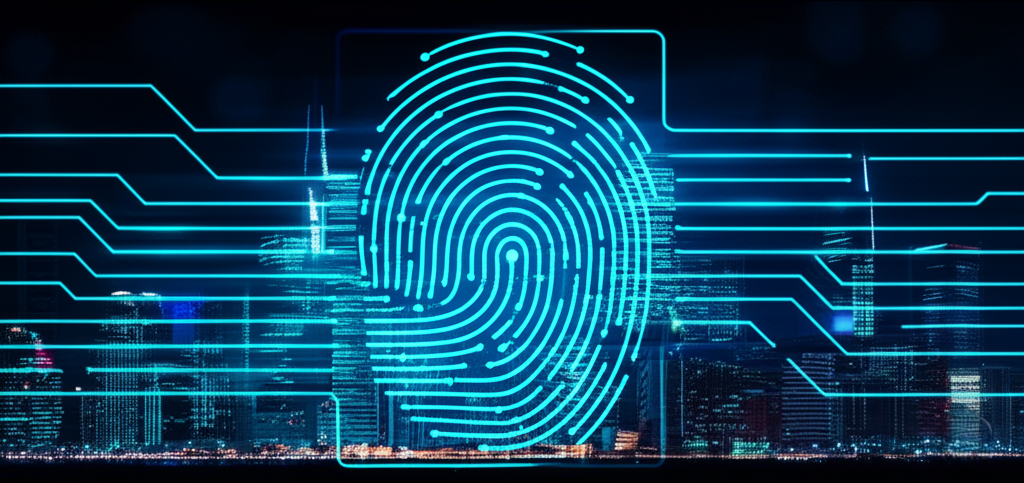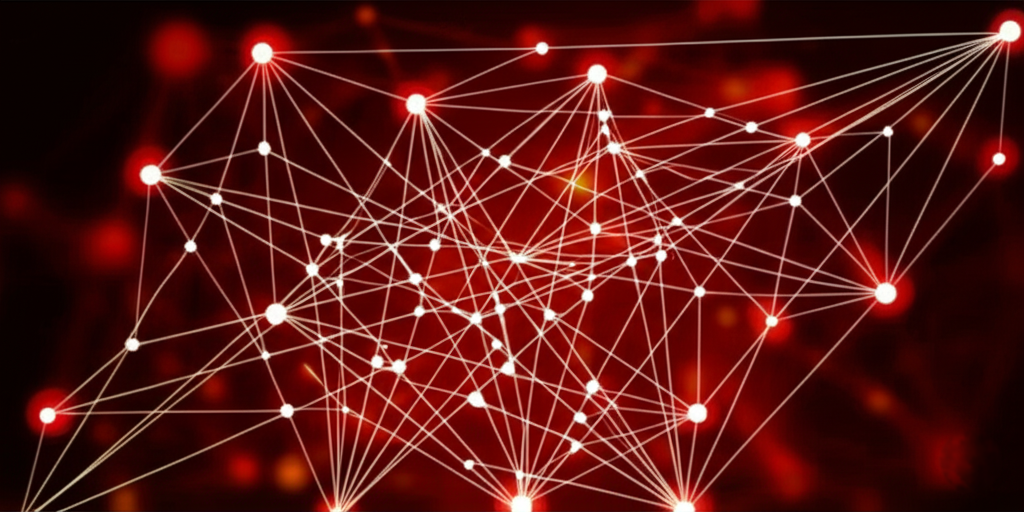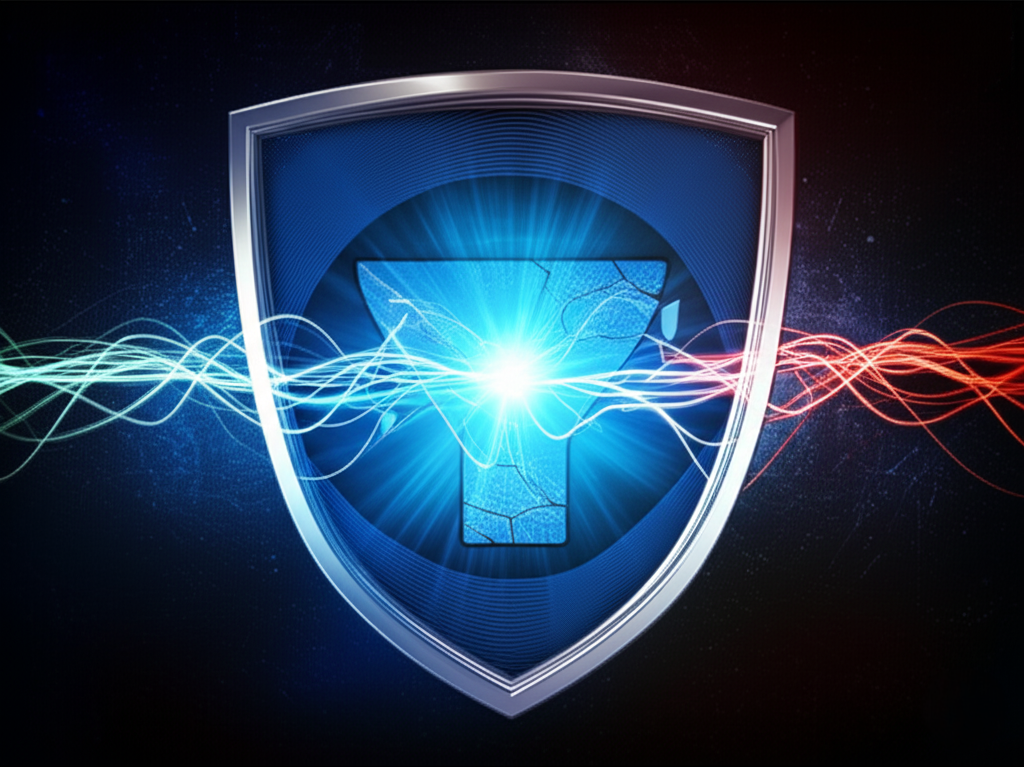
The digital landscape isn’t just evolving; it’s undergoing a seismic shift. What kept your data safe last year might be laughably inadequate tomorrow. As we barrel towards 2025, threat actors aren’t resting – they’re refining, automating, and exploiting new technologies faster than many organizations can adapt. Staying ahead isn’t optional; it’s existential. Understanding the 2025 cybersecurity trends isn’t about chasing hype; it’s about building a resilient future for your business, your data, and your peace of mind. Forget generic predictions; let’s dive into the seven specific, high-impact shifts demanding your immediate attention and action.
1. The AI Arms Race Escalates: Offense Gains the Edge (For Now)
We’ve heard about AI in security for years, primarily focusing on defense. 2025 marks a tipping point where offensive AI capabilities become significantly more accessible and potent for attackers.

- Why it Matters: Malicious actors are leveraging AI to automate vulnerability discovery at unprecedented scale, craft hyper-personalized phishing campaigns (think AI-generated voice clones mimicking CEOs perfectly), and develop malware that dynamically evades detection. Defensive AI is crucial, but it’s now playing catch-up.
- The 2025 Twist: Expect a surge in AI-driven social engineering attacks that bypass traditional email filters by using seemingly legitimate communication channels like collaboration platforms or SMS. Deepfake audio and video will be weaponized for sophisticated fraud and disinformation campaigns targeting specific individuals or markets.
- Your Action Plan: Implement AI-powered security solutions proactively, focusing on behavioral analytics and anomaly detection that can spot subtle, AI-generated threats. Invest heavily in continuous, simulation-based employee training that includes AI-generated attack scenarios. Partner with firms like VortexPrime that specialize in cutting-edge AI threat detection and response, ensuring your defenses evolve as fast as the threats. Don’t just buy AI tools; integrate them intelligently into your security fabric.
2. Identity Becomes the Ultimate Battleground: Passwordless Takes Center Stage
Credentials remain the weakest link. Multi-Factor Authentication (MFA) fatigue and bypass techniques (like adversary-in-the-middle attacks) mean passwords alone – even with MFA – are increasingly fragile. 2025 accelerates the move towards truly passwordless authentication.

- Why it Matters: Phishing, credential stuffing, and session hijacking attacks continue to dominate breaches. Securing identity is paramount to protecting everything else.
- The 2025 Twist: Wider adoption of FIDO2/WebAuthn standards using physical security keys or built-in device biometrics (fingerprint, facial recognition) becomes critical. Expect increased regulatory pressure and insurance requirements mandating stronger, phishing-resistant authentication methods. Identity Threat Detection and Response (ITDR) solutions will move from niche to essential, actively hunting for compromised credentials and misused privileges across hybrid environments.
- Your Action Plan: Audit your critical systems now for passwordless readiness. Prioritize implementing phishing-resistant MFA (FIDO2/WebAuthn) for all privileged access and high-risk applications. Explore enterprise-wide passwordless strategies. Implement ITDR capabilities to gain visibility into identity-based attacks.
3. The “Known Unknowns” Bite Back: Third & Fourth-Party Risk Explodes
You’ve likely mapped your direct suppliers. But do you know who their critical suppliers are? Or the open-source libraries buried deep in your software supply chain? 2025 forces organizations to look far beyond tier-one vendors.

- Why it Matters: High-profile breaches increasingly originate from vulnerabilities in obscure third or fourth-party software or services. Attackers target the weakest link in the chain, which is often far removed from your direct oversight.
- The 2025 Twist: Expect stricter regulations (like evolving SEC rules) explicitly requiring disclosure of material breaches originating from third parties. Cyber insurance will demand more rigorous proof of extended vendor risk management programs. Attacks leveraging vulnerabilities in widely used open-source components will become more frequent and damaging.
- Your Action Plan: Extend your vendor risk management program to map and assess critical fourth and even fifth-party dependencies. Implement robust Software Bill of Materials (SBOM) management to track open-source components. Demand transparency and proof of security practices deep within your supply chain. Continuous monitoring, not just point-in-time assessments, is non-negotiable. VortexPrime helps organizations navigate this complex web with comprehensive third-party risk assessment frameworks.
4. Critical Infrastructure in the Crosshairs: Beyond Ransomware
While ransomware remains a scourge, 2025 will see a dangerous escalation in attacks targeting Operational Technology (OT) and Industrial Control Systems (ICS) that run power grids, water treatment plants, manufacturing lines, and transportation systems.

- Why it Matters: The potential consequences shift from data loss and financial damage to physical disruption, environmental harm, and threats to public safety. The convergence of IT and OT networks creates larger, more vulnerable attack surfaces.
- The 2025 Twist: Expect more sophisticated, state-sponsored attacks designed not just for ransom, but for sabotage, espionage, or geopolitical leverage. Attacks may focus on manipulating sensor data to cause physical damage or hiding within systems for long-term persistence. Legacy OT systems, often air-gapped in the past but now connected for efficiency, are prime targets.
- Your Action Plan: If you operate critical infrastructure or rely heavily on OT: Conduct thorough OT/ICS security assessments. Implement robust network segmentation between IT and OT environments. Deploy specialized OT security monitoring solutions. Develop and rigorously test incident response plans specifically for physical disruption scenarios. Collaboration with government agencies and ISACs (Information Sharing and Analysis Centers) is vital.
5. The Quantum Countdown Begins: “Harvest Now, Decrypt Later”
While practical, large-scale quantum computers capable of breaking current encryption (RSA, ECC) are likely still years away, the threat window is now. Sophisticated attackers are already stealing encrypted data, banking on decrypting it once quantum computers arrive.

- Why it Matters: Vast amounts of highly sensitive data encrypted today (state secrets, intellectual property, financial records, health data) could be rendered completely exposed in the future.
- The 2025 Twist: Increased urgency from governments (NIST’s PQC standardization is finalizing) and industries to adopt Post-Quantum Cryptography (PQC) algorithms. Organizations holding long-term sensitive data (10+ years) face the most immediate risk. Crypto-agility (the ability to switch algorithms easily) becomes a core security architecture requirement.
- Your Action Plan: Start your PQC migration journey immediately. Inventory your most sensitive, long-lived data and the cryptographic systems protecting it. Assess your vendors’ PQC readiness. Begin planning for crypto-agility upgrades. Don’t wait for a breach or a quantum breakthrough to start; the data harvesting is happening today. Learn more about future-proofing your encryption strategy at VortexPrime.VIP.
6. Geopolitical Turbulence Fuels Cyber Conflict: The Fog of (Digital) War
Nation-state cyber activity will intensify, increasingly blurring the lines between espionage, sabotage, and outright cyber warfare. Cyber operations become a standard tool in geopolitical conflicts and economic competition.

- Why it Matters: Businesses, even those not directly involved in defense or critical infrastructure, can become collateral damage or deliberate targets (e.g., supply chain attacks, intellectual property theft, disruptive DDoS attacks) in these state-sponsored campaigns.
- The 2025 Twist: Expect more disruptive attacks disguised as ransomware but with purely destructive or destabilizing intent (“wiper” malware). Increased targeting of logistics, media, and financial sectors to exert pressure. Cyber disinformation campaigns will be weaponized to manipulate markets and public opinion on a massive scale.
- Your Action Plan: Heighten threat intelligence focus on geopolitical hotspots and associated threat actor groups. Implement robust backup and recovery solutions capable of withstanding destructive attacks. Strengthen defenses against supply chain compromises. Develop crisis communication plans that address operational disruption and potential reputational damage from disinformation. Ensure your incident response team is prepared for complex, state-sponsored attack scenarios.
7. Resilience Trumps Perfection: Embracing the “Assume Breach” Mindset
The final, overarching trend isn’t a specific technology, but a fundamental shift in philosophy: Accepting that breaches are inevitable and focusing relentlessly on resilience – the ability to detect, respond, contain, and recover rapidly.

- Why it Matters: Trying to build an impenetrable fortress is futile. Minimizing damage and downtime is the new benchmark of security success.
- The 2025 Twist: Increased adoption of Cyber Recovery Vaults (air-gapped, immutable backups). Greater integration between Security Operations Centers (SOCs) and IT Operations for faster response. Board-level focus shifts from purely preventative spending to investments in detection, response, and recovery capabilities. Automation in incident response (SOAR) becomes essential for speed.
- Your Action Plan: Rigorously test your incident response and disaster recovery plans at least annually, simulating realistic breach scenarios. Invest in modern Endpoint Detection and Response (EDR/XDR) and robust Security Information and Event Management (SIEM) for visibility. Implement immutable backups stored offline. Automate response playbooks wherever possible. Foster a culture of security awareness where rapid reporting of anomalies is encouraged.
2025: Not Just Trends, But Turning Points

These 2025 cybersecurity trends paint a picture of a threat landscape growing more complex, automated, and dangerous. The convergence of AI, quantum computing, geopolitical strife, and increasingly interconnected systems creates unprecedented challenges. Ignoring these shifts isn’t just risky; it’s potentially catastrophic.
The path forward isn’t about panic, but proactive preparation. It demands a strategic shift: from reactive defense to proactive resilience, from perimeter focus to identity and data-centric security, and from isolated efforts to holistic risk management that extends deep into your digital ecosystem.
Staying secure in 2025 requires more than just updating software. It requires expert guidance, cutting-edge solutions, and a partner who understands the evolving battlefield. Don’t wait for a breach to be your wake-up call. Assess your readiness against these trends today. Explore how comprehensive security frameworks and expert support can build your resilience. VortexPrime specializes in navigating these complex futures – discover how we can help you secure tomorrow, today. The time to fortify your defenses for 2025 is now.

